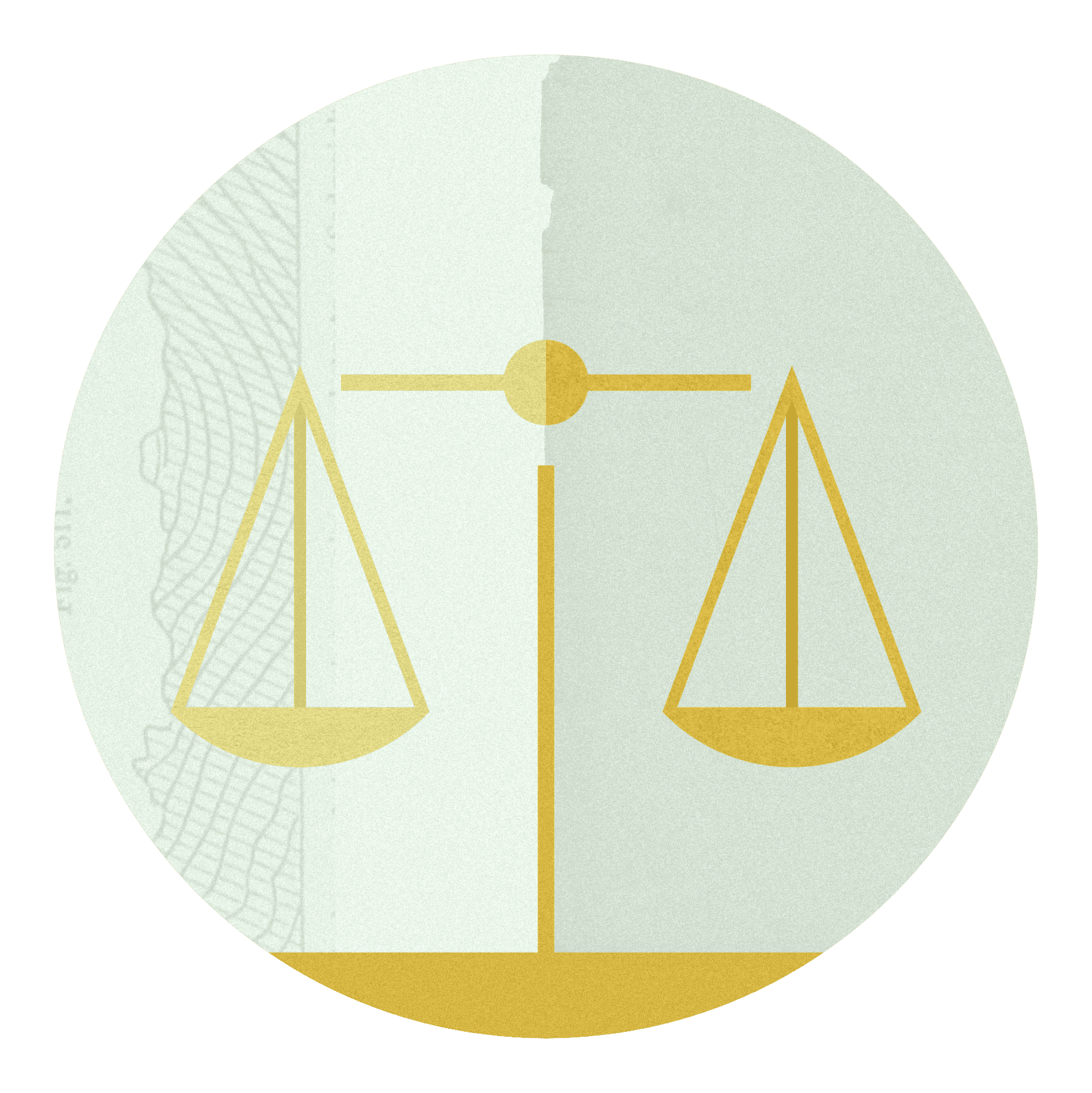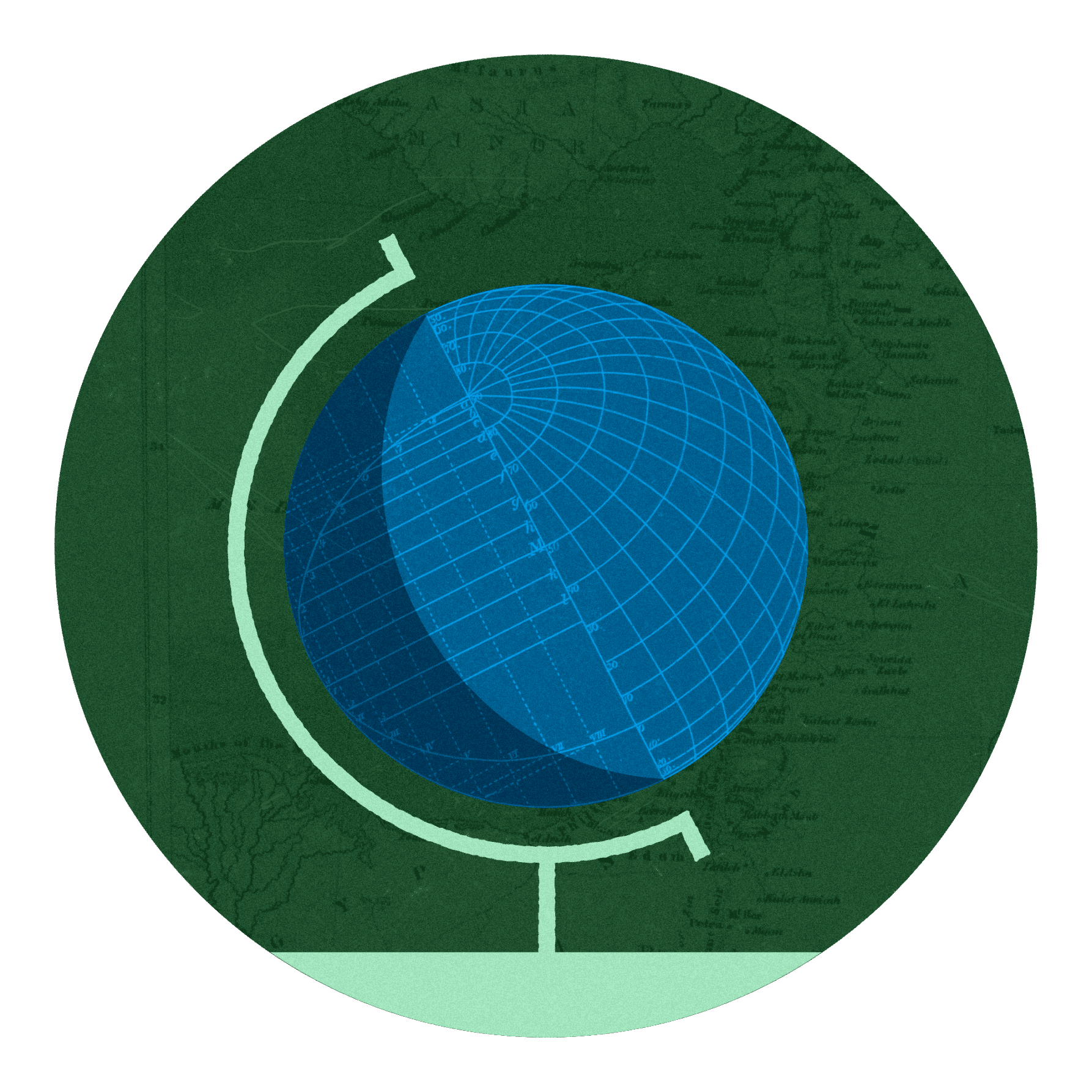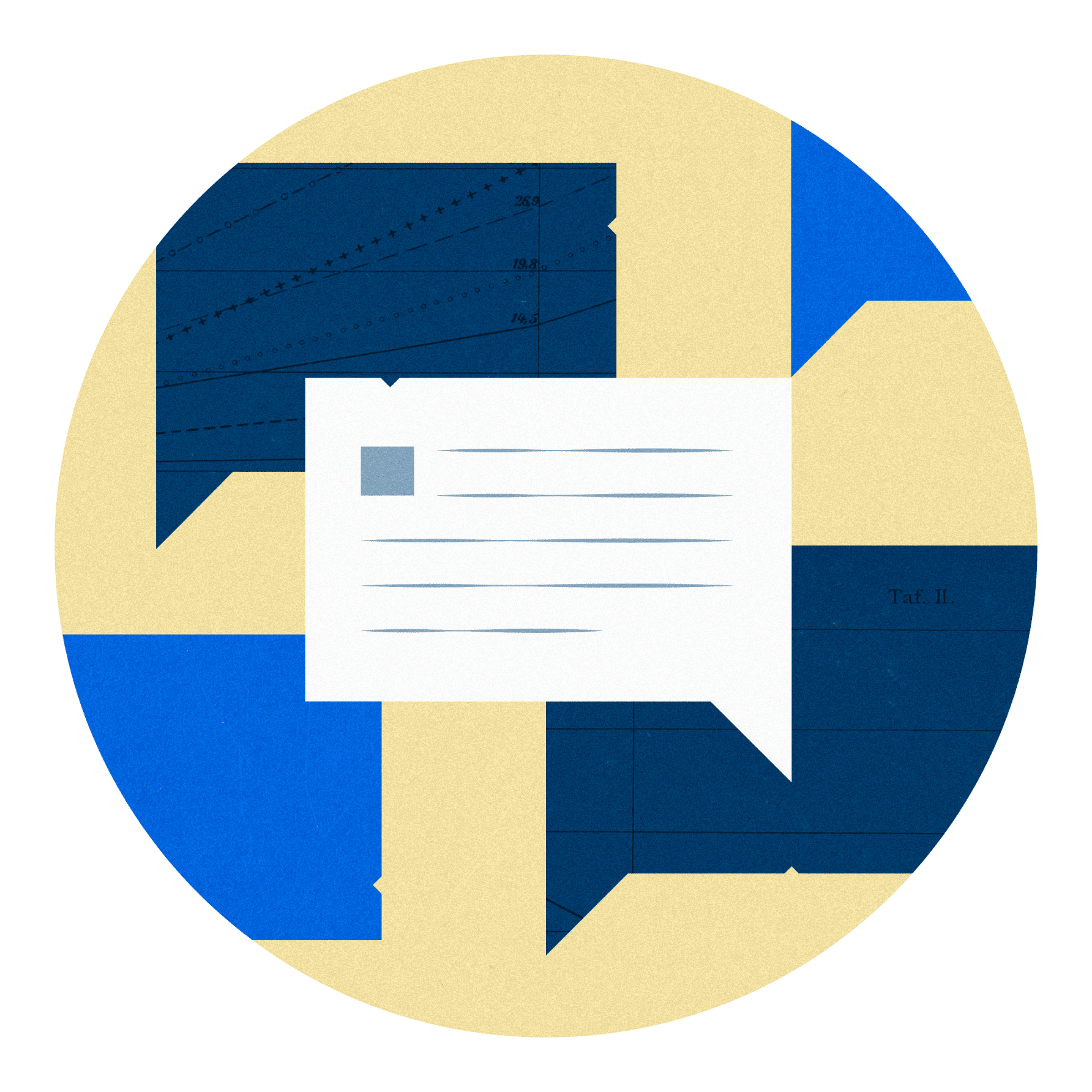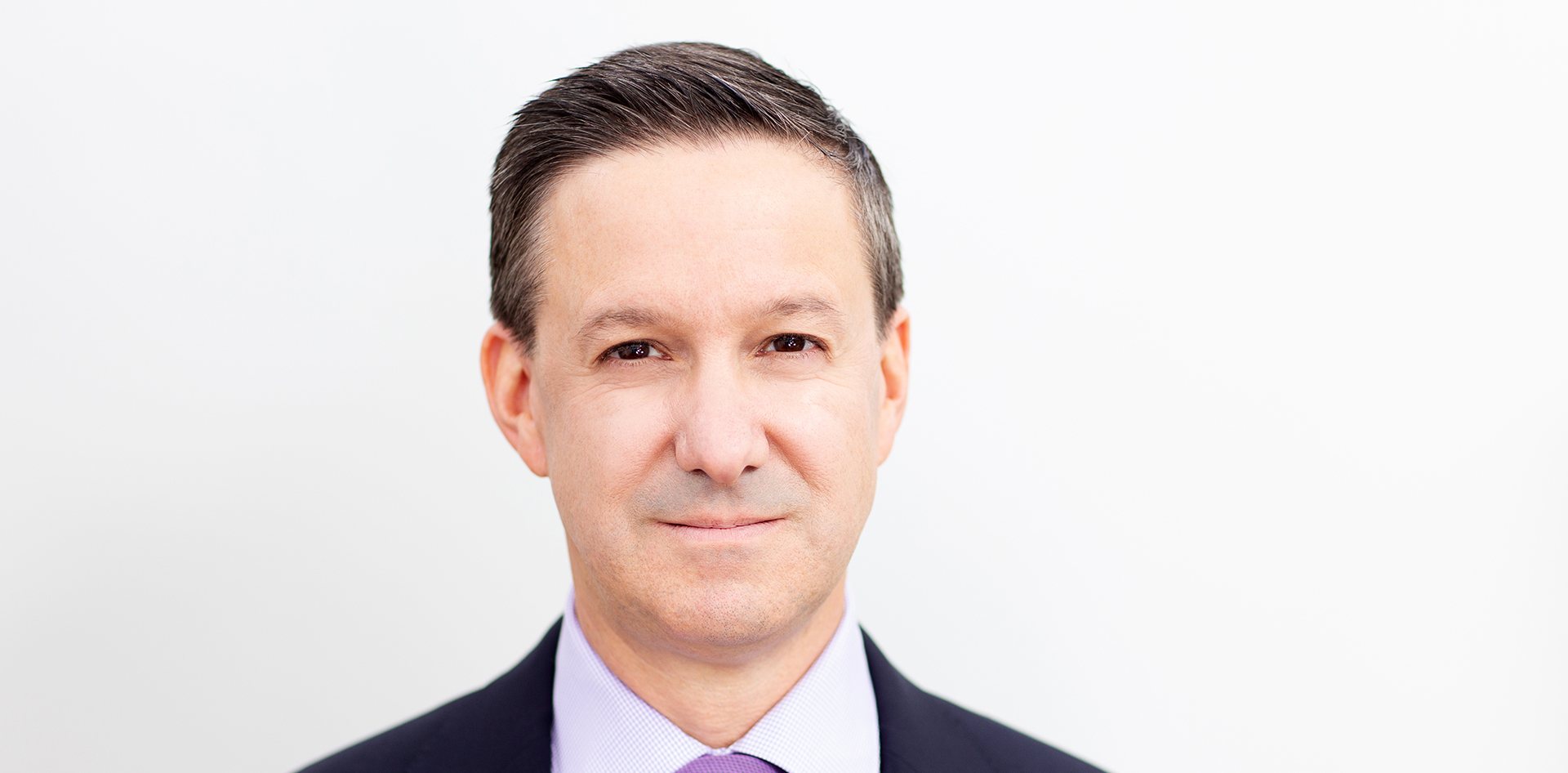This Viewpoint is part of an ongoing series, “Building a brighter future: Big ideas for postsecondary education.” In this series, we ask innovators what could make a difference to learners in 2021 and beyond.
Jeffrey Selingo is the author of Who Gets In and Why: A Year Inside College Admissions (Scribner, 2020). He is a special adviser at Arizona State University and founder of the ASU/Georgetown University Academy for Innovative Higher Education Leadership.
***
The COVID-19 pandemic untethered students from physical campuses. The rapid shift to remote education meant that learners could access instruction from anywhere, on any device. Yes, students objected to paying in-person tuition prices for virtual classes, but they also came to appreciate the flexibility provided by new learning models and compressed academic calendars.
The pedagogical innovations and technology that were rushed into service on campuses offer an opportunity for institutions to think about expanding their often one-size-fits-all model. Rather than offer essentially one or two “products” (i.e. full-time residential undergraduate degrees or continuing education programs for adults) universities could offer multiple pathways to students, who have come to expect such choices in almost every other facet of life.
The problem is that most higher education institutions picture their students through the single lens of age — traditional (18 to 22 years old) and nontraditional (everyone else) — and bifurcate their limited line of products to each segment. Without a clear understanding of the motivations and mindsets of their students, institutions assume the academic programs and student services they’re offering are suitable. Take adult students, as an example. Rather than create a unique set of experiences — perhaps learning communities to provide cohort-based support services or competency-based degrees — most colleges take the courses and schedule aimed at residential students and tweak it by adding online or weekend options.
The experience of remote education during the pandemic has also shown the limits of higher education’s single approach to delivery. At most colleges, students can take in-person classes or online-classes, but rarely can they easily mix-and-match both. Yet over the last year, colleges have become more flexible in how courses are delivered in order to serve the differing health needs of students as well as develop de-densification strategies on campuses.
This “omni-channel” approach was long ago adopted by the retail sector. Think about it: most customers don’t make a distinction between buying online or driving to the store. When we shop at Home Depot, we’re simply looking to buy a tool and choose the most convenient option at that moment. And Home Depot doesn’t tell customers they can buy nails online only but must go to a physical store to purchase a hammer. Yet, before the pandemic that’s exactly what universities often told their residential students when they wanted to take an online class, or vice versa.
The technological backbone that most colleges and universities beefed up during the pandemic — from student information systems to learning management systems — can now allow universities to offer more choices to students in how and when they want to access their education. Imagine students splitting time between an internship and school because an institution offers a low-residency option. Picture adult students who can take a set of individual university classes that provide the skills they need to get a job next week, all while stacking up these new experiences with existing competencies into credits, certificates, and eventually degrees. Or envision learners of all ages who “subscribe” to a university (rather than enroll) and move between learning and earning, developing not only new skills but a flexible network of peers and mentors for personal and professional growth.
This concept of a university that is everywhere and is always “on” recognizes that in the modern age, a college education is no longer something that happens largely to young people in just one physical place, during one period of their lives. Learning is lifelong.
The Charles Koch Foundation partners with social entrepreneurs to drive societal progress through academic research and innovations that help all learners realize their potential. Read more about the Foundation’s support for education.











